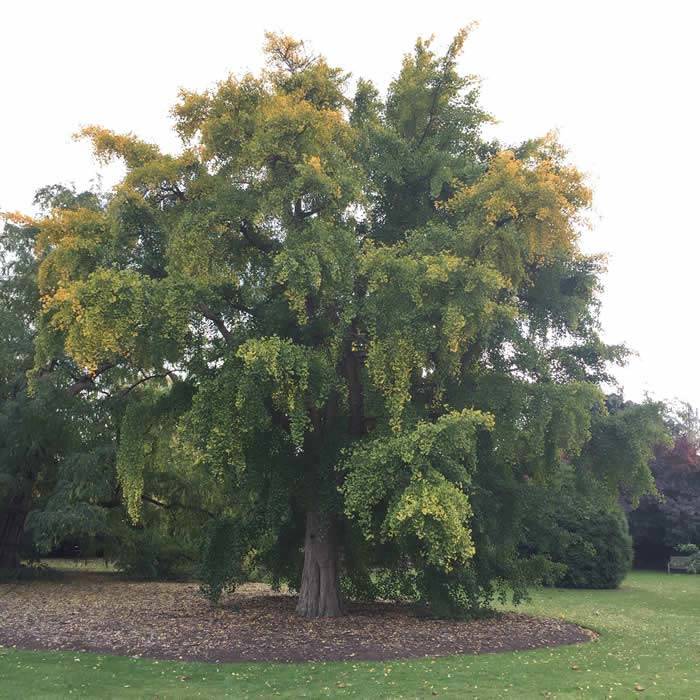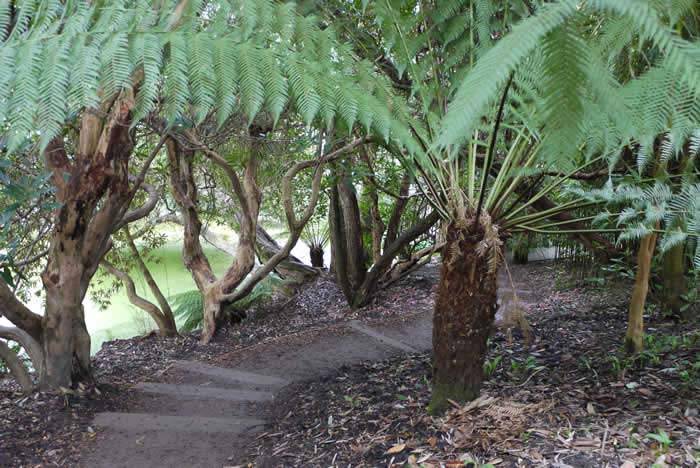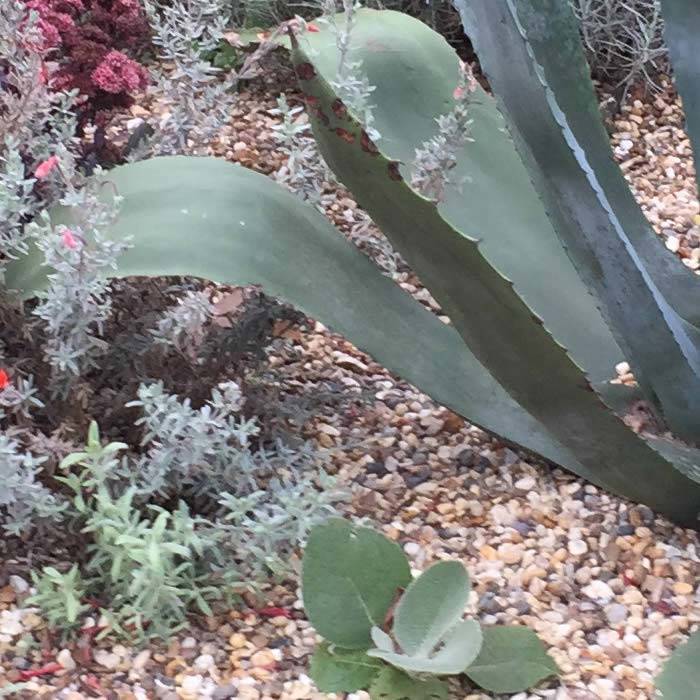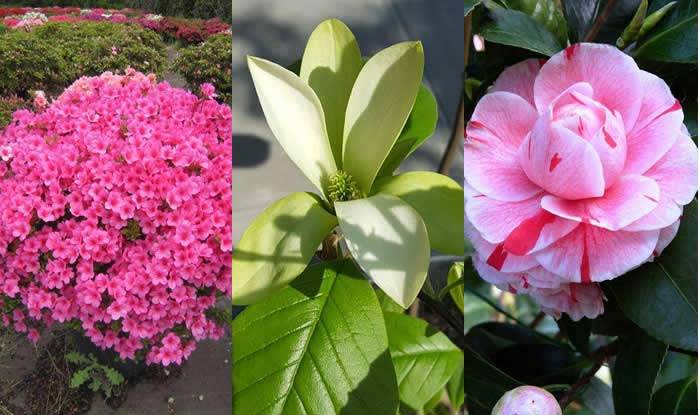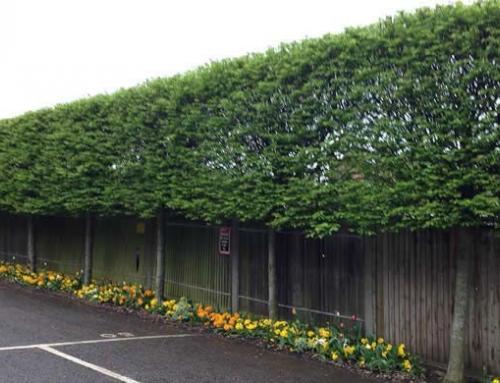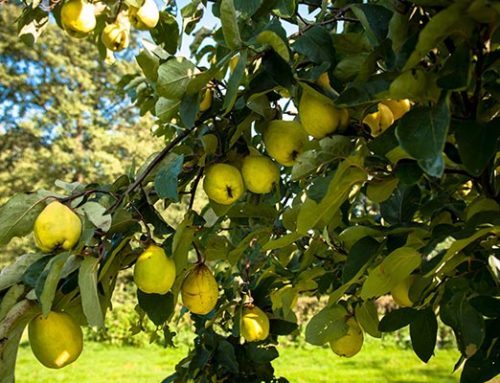Mulch – Superfood for Gardens
Mulching is more than just a gardening chore, it’s an essential practice that delivers countless benefits to your plants and soil. From suppressing weeds and improving soil health to protecting plants all year round, mulching is key to creating a thriving, sustainable garden. Whether you’re using peat-free mulch, organic mulch, or eco-friendly gardening solutions, let’s explore how mulching can transform your garden. Read on to discover practical tips to make the most of this simple yet uniquely powerful technique.
Mulching helps with Weed Control
One of the biggest reasons we mulch is to reduce weeds in the bed. However, just because we cover the soil with a mulch material, doesn’t mean we eradicate weeds. Mulching can suppress certain weeds, but not all of them. The annual weeds that germinate at shallow depths are readily suppressed by mulching. However, deeper germinating annuals and perennial weeds may still push through.
Using high-quality mulches, like our Friendly Funghi Mulch can give you the upper hand in weed suppression while simultaneously enriching your soil ecosystem. It is designed to combat shallow weeds effectively while working harmoniously with the soil’s natural microbiome. By incorporating this mulch, not only are you adding a robust weed-suppressing layer, but you’re also fostering beneficial fungi that help maintain long-term soil health.
Soil Conditioning
When using organic mulches, they will eventually add organic matter to the soil. However, they may not create a healthy soil environment on their own. Organic matter needs to be broken down by a combination of weather, temperature, microbes, fungi, and other natural influencers.
Our Friendly Funghi Mulch is a perfect addition to encourage this process. Enriched with fungi, it helps break down organic material faster and supports aerobic bacteria in your soil. Aerobic (oxygen-rich) bacteria thrive when paired with nutrient-rich compost or fertilisers like our Soil Improvement Plant Feed Bundle.
The bundle includes our fertiliser products designed to feed soil organisms, making nutrients more available to plants. Unlike high-carbon mulches that deplete nitrogen, combining our mulch with fertilisers prevents nutrient lockup, ensuring a rich, thriving soil environment.
When to Mulch?
Mulching can be done all year round, but applying mulch in late winter or early spring is particularly effective for controlling summer weeds and preparing the soil for the growing season.
Mulching is also essential in late autumn to protect plants during the colder months. It retains water and shields tender plant roots from frost and drying winds. Mulch creates a protective barrier that maintains moisture and prevents harsh cold and windy conditions from damaging plants.
Mulching is especially imperative when planting newly planted shrubs and trees throughout the year. In winter, it protects roots from frost, while in summer, it guards against intense heat, preventing the soil from drying out and keeping roots cool.
Using a product like our Friendly Funghi Mulch year-round provides an added layer of care. Its fungal agents work slowly during colder months, improving soil structure and insulating plants, ensuring your soil is in optimal condition for a stronger, healthier spring.
The Story Behind Friendly Funghi Mulch
Friendly Funghi Mulch was developed after extensive in-house research and collaboration with microbiologists to create a sustainable, high-performance mulch that supports both plants and soil ecosystems. By analysing our own gardening needs, we identified the challenges gardeners face in finding a product that suppresses weeds, retains moisture, and actively improves soil quality without relying on chemical additives.
Introducing beneficial fungi to the mulch proved transformative, enhancing its ability to break down organic material, improve nutrient cycling, and boost soil biodiversity. The result is a peat-free mulch that not only protects your garden but also fosters fungi-rich, healthy soil. Whether you’re an experienced gardener or just starting out, Friendly Funghi Mulch is designed to make gardening easier, more sustainable, and truly rewarding.
What are the Best Mulches?
The best mulches are those that not only suppress weeds and retain moisture but also contribute to improving your soil health over time. Our Friendly Funghi Mulch is an exceptional choice for this purpose. It’s sustainable, nutrient-boosting, and works in harmony with the soil ecosystem by introducing beneficial fungi that enhance soil structure and fertility.
Friendly Funghi Compost is versatile and can be used as both a compost and a mulch.
Uses of Friendly Funghi Compost:
- As a compost: Mix generous amounts with soil being dug out or spread it over the soil to improve its structure and nutrient content.
- As a mulch: Apply at least a 10cm layer over your soil any time of the year. Reapply once the microbiology has consumed it all. Regular applications once a year result in the highest quality soil your garden could need.
- Benefits: Fungi-rich soil represents the highest evolutionary stage that soil can achieve, ensuring that your plants thrive in optimal conditions.
When choosing a mulch, it’s important to consider the needs of your plants and the specific conditions of your garden. Organic mulches, like our Friendly Funghi Mulch, provide the added benefit of breaking down over time and feeding your soil, while inorganic mulches, such as stones or river rocks, can be more decorative but lack soil-conditioning properties.
Compost vs. Mulch: What’s the Difference?
While mulch and compost serve different purposes, they complement each other beautifully. Mulch primarily suppresses weeds, retains moisture, and protects plants, while compost directly enriches soil with nutrients and beneficial bacteria.
Combining the two is ideal. For example, applying a nutrient-rich compost underneath Friendly Funghi Mulch provides the best of both worlds—feeding the soil while ensuring it stays protected and moist.
Additional Considerations: Nitrogen and Mulches
High-carbon mulches can tie up nitrogen during decomposition, which is why using fertilisers like those in our Soil Improvement Plant Feed Bundle is essential. Adding these nutrients ensures the decomposition process doesn’t deprive your plants of nitrogen. The combination of our mulch and fertilisers promotes healthy soil mineralisation and supports plant growth.
Mulching for Acid-Loving Plants
When growing acid-soil loving plants like rhododendrons, camellias, and magnolias, maintaining the correct pH is vital. While pine needle mulches are often used, their acidifying effect is short-lived. To maintain the right pH levels long-term, consider using natural acidifiers such as sulphur or our fertilisers designed to support these plants. Paired with our Friendly Funghi Mulch, you’ll create the perfect environment for these beautiful plants to thrive.
Our expert team is always here to guide you in choosing the best mulches, composts, and fertilisers to create a lush, thriving garden.
Paramount Plants – The UK’s Online Specialists For Mature Trees, Shrubs & Plants. Buy Online – we deliver nationwide throughout the UK.

